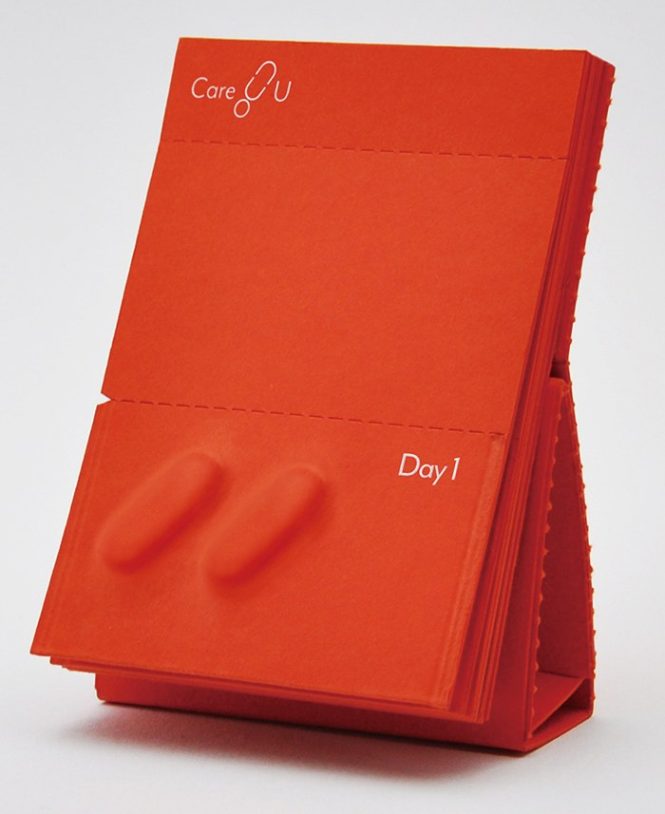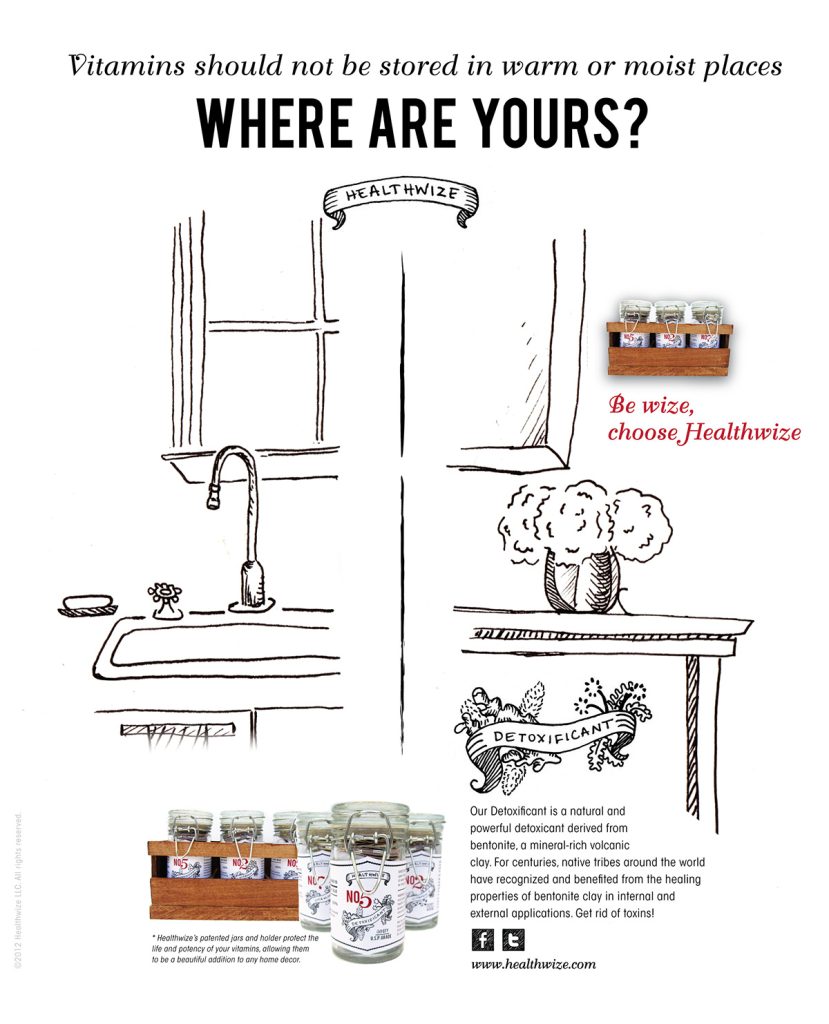

Vitamin packaging frustration is a common issue that affects many consumers. Difficult-to-open containers and problematic storage solutions can significantly impact a person’s ability to consistently take their vitamins. This article will delve into the problem of frustrating vitamin packaging, exploring the reasons behind the difficulties, and offering solutions for creating a more convenient and user-friendly experience for consumers. We’ll explore various aspects of vitamin packaging design, from material selection to container shape, and examine how these elements can contribute to the overall consumer experience. This article will also cover practical tips and storage solutions to help maximize compliance with a health regimen. By understanding the intricacies of vitamin packaging, consumers can optimize their vitamin intake, promoting their overall wellness.
The Unpleasant Truth: Why Some Vitamin Packaging is a Nightmare
The frustration of dealing with difficult-to-open and inconveniently designed vitamin packaging is a significant challenge for many. From flimsy lids that constantly slip off to tight seals that require excessive force, these challenges contribute to a negative user experience. The seemingly simple act of taking a daily dose can become a struggle, leading to missed doses and ultimately hindering adherence to health regimens. This problem extends beyond individual user inconvenience, potentially impacting public health initiatives and the effectiveness of preventive health measures. Many studies have revealed a strong correlation between consistent medication adherence and positive health outcomes. Difficult-to-open packaging can negatively affect consumer motivation and create an obstacle to this important process.
Design Flaws and Material Choices: A Deep Dive
Material Composition Matters
The materials used in vitamin packaging can significantly influence the ease of opening and storage. For instance, some plastic containers might be excessively rigid, making them challenging to open, or the seal could be so tight that it requires excessive force. Similar situations arise with the use of materials like glass, metal, or even cardboard. This is further complicated by the different types of vitamins, including liquid or powder formulations, each presenting unique challenges in terms of package design. In addition to opening difficulties, materials that are prone to breakage or moisture damage can also complicate storage. A simple moisture-resistant lining or a reinforced container could easily solve this. Different types of vitamins need different containers and materials to prevent degradation.
Design Elements for Consideration
Design elements, such as the shape and size of the container, the type of closure, and the overall packaging aesthetics, can contribute to the frustration experienced by users. A poor design can create unnecessary obstacles during the simple act of taking medication. Ergonomic considerations and user-friendly designs are often neglected. Studies have shown a clear link between user-friendly design and increased adherence to medication regimens.
Practical Solutions: Storage and Opening Strategies
Effective Storage Strategies
Proper storage of vitamins is crucial for maintaining their potency and efficacy. Factors such as temperature and humidity can significantly affect the quality of vitamins. Using airtight containers in a cool and dry environment is essential. Consider using labeled containers in a dedicated storage location, like a medicine cabinet or a cool cupboard. Storing vitamins away from direct sunlight can also prevent degradation, thus helping consumers maintain the efficacy of their supplements. Using clear or transparent storage solutions allows you to quickly spot your vitamins in the medicine cabinet.
Tips for Opening Challenging Packaging
Sometimes, the simplest tools can solve the problem of difficult-to-open packaging. Invest in a variety of tools to address different scenarios, such as a pill cutter, a bottle opener, or even a small pair of pliers. If necessary, contact the manufacturer for instructions or support. These simple, readily available solutions can often ease the process of taking vitamins.
The Business Case for Better Packaging
Customer Retention and Loyalty
Companies that prioritize consumer experience by producing high-quality and easy-to-use packaging often experience higher customer retention rates. Positive experiences translate into brand loyalty and repeat purchases. Easy-to-open and well-organized packaging promotes brand preference.
Reduced Customer Service Issues
Inconvenient packaging often results in increased customer service inquiries. This, in turn, ties up resources and can damage the brand’s reputation. Companies investing in user-friendly designs reduce the volume of complaints and increase the efficiency of customer service. User-friendly packaging reduces customer support burdens.
The Impact on Health and Well-being
Adherence to Health Regimens
Easy-to-use and convenient vitamin packaging can significantly improve adherence to health regimens. This is crucial for individuals trying to reach their health goals. Consumers can take their vitamins more consistently when the process is less complicated or frustrating. This can lead to positive changes in their health and wellbeing. When users experience less friction, they’re more likely to continue their health journey.
Overall Consumer Experience
The overall consumer experience is strongly influenced by the convenience and ease of use of vitamin packaging. Positive experiences can lead to greater customer satisfaction and brand loyalty. A smooth process contributes to a better health experience.
Examples of brands using easy to open solutions
Innovative solutions for challenging vitamins
Future Trends in vitamin Packaging Design
Conclusion and future recommendations for vitamin packaging
Frequently Asked Questions:
Q: What are some common reasons why vitamin packaging can be difficult to open?
A: Common reasons for challenging vitamin packaging include using rigid or low-quality materials, employing complex closures, or relying on seals that are too tight. Lack of ergonomic design principles in packaging can create additional issues. Additionally, various factors can make opening packaging difficult, such as moisture or temperature damage. Careful consideration of these factors can greatly improve the opening process.
Q: How can consumers improve their vitamin intake when dealing with difficult packaging?
A: Consumers can employ various strategies to improve vitamin intake despite problematic packaging. These include utilizing tools for opening containers, employing organized storage solutions, and seeking product information or advice from the manufacturer. Consumers can also develop personal routines to help them stay on track and avoid delays in taking their vitamins. By finding personal strategies, taking vitamins becomes easier and potentially more effective.
In conclusion, the frustration of difficult-to-open or store vitamin packaging is a widespread issue impacting consumer experience and potentially hindering adherence to health regimens. By adopting better design principles, manufacturers can create more user-friendly packaging that prioritizes ease of access and storage. Consumers can also take proactive steps to manage their vitamin intake by organizing storage solutions and utilizing appropriate tools for opening challenging containers. Choosing brands with innovative and consumer-friendly packaging is another solution. Ultimately, improved vitamin packaging designs will contribute to a healthier and more convenient experience for all.